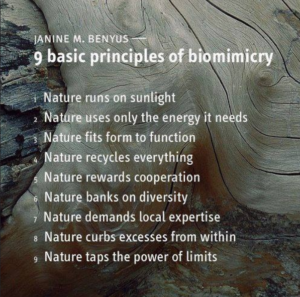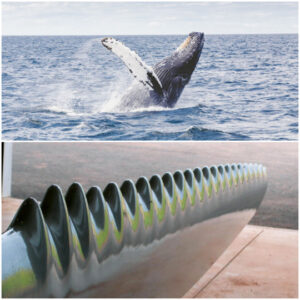Climate Change is one of the global challenges facing humanity. Climate disasters due to global warming have occurred almost everywhere. Yet, the world is still discussing how we might solve the problem, what action to take, and most of all, who is responsible?
If we delay action, if humans allow climate change to proceed unchecked, there is every likelihood that it will destroy humankind. If this happens, nature will rebuild, but the losses would be horrific.
Carbon dioxide and other heat-trapping gases are key drivers of global warming. Therefore reaching net zero emissions – which means no more carbon dumped into the atmosphere than is taken out – is seen as a critical step in slowing and ultimately stopping global warming.
If you are not an expert in climate related issues, you may ask yourself, how can the world get rid of its heavy reliance on fossil fuel, which is irreparably harming the environment and leading to catastrophic changes in the Earth’s ecosystems?
A significant part of the solution must be a massive transformation in energy technology by replacing fossil fuel-based electrical generation with renewable energy sources that are efficient & sustainable.
However, the transition towards more sustainable, efficient, and reliable energy systems requires technology innovation that can sustain over time and is cost-effective.
“We must undertake a kind of ‘heart transplant’ replacing the beating heart of fossil fuel energy with an alternative based on low-carbon energy!”
– The Age of Sustainable Development by Jeffrey D. Sachs

Nature’s designs, optimized through evolution, are increasingly being used to develop technology to achieve a low-carbon future efficiently and sustainably
Nature has spent 3.8 billion years developing intelligent ways to solve problems relative to environmental challenges. Out of necessity, organisms in nature always adapt to create systems favorable to continuously ensuring the survival of their species.
Learning from nature’s models may enable us to adopt a nature-inspired system, called “biomimicry.”
Biomimicry is a science that studies nature’s models and then emulates their forms, processes and strategies in order to create sustainable solutions to human challenges. This novel science has already inspired a generation of scientists to develop technologies that address the excessive release of greenhouse gas into the atmosphere.
Mimicking the bumps on humpback whale fins leads to more efficient wind turbines
One successful project that mimics nature’s systems to improve clean energy technology is the development of bio-inspired wind turbines blades that are 35% more efficient than conventional wind turbines.
Researchers Frank Fish and Juliann Battle found that the presence of tubercles (bumps) on the leading edge of humpback whale flippers improves “flow attachment” for a wide range of angles of attack. These tubercles improve the swimming capabilities of the whales, allowing agile turning and maneuvering even though humpback whales are one of the biggest animals in the ocean.
Using this information, the Canadian corporation “WhalePower” has demonstrated that “tubercle-lined” wind turbine blades will reduce noise, increase stability, and enable the system to capture more energy from the wind.
Prototypes of wind turbine blades have shown that placing tubercles on the blades delays stall and doubles the performance of the turbines at wind speeds of 17 miles per hour or less. This allows the turbine to capture more energy out of lower-speed winds. Turbines with tubercles on the blades can generate the same amount of power at ten miles per hour that conventional turbines can generate at 17 miles per hour. This helps generate more energy. An article published by “TechnologyReview” magazine explains how tubercles effectively channel the air flow across the blades and create swirling vortices that enhance lift.

“Tubercle-lined blades were proved to be more stable, quiet, and durable than conventional blades. “The turbine has survived being hit by the edge of a hurricane, and it survived wind-driven snow and ice,”
– Stephen Dewar, director of research and development at WhalePower
WhalePower has also shown that industrial ceiling fans that use turbercles on the leading edges can operate 20 percent more efficiently than conventional blades, enabling fans to perform better at circulating air flow in a building.
Net zero emissions can be achieved if we learn from our ecosystem’s processes and observe how they operate in difficult environments.
Companies and research institutes that invest in technology improvement based on nature’s models will not only contribute to reducing our carbon emissions, but also will help the global economy to make the pivot towards more resilient future that considers ecosystem’s organisms on which we rely.

